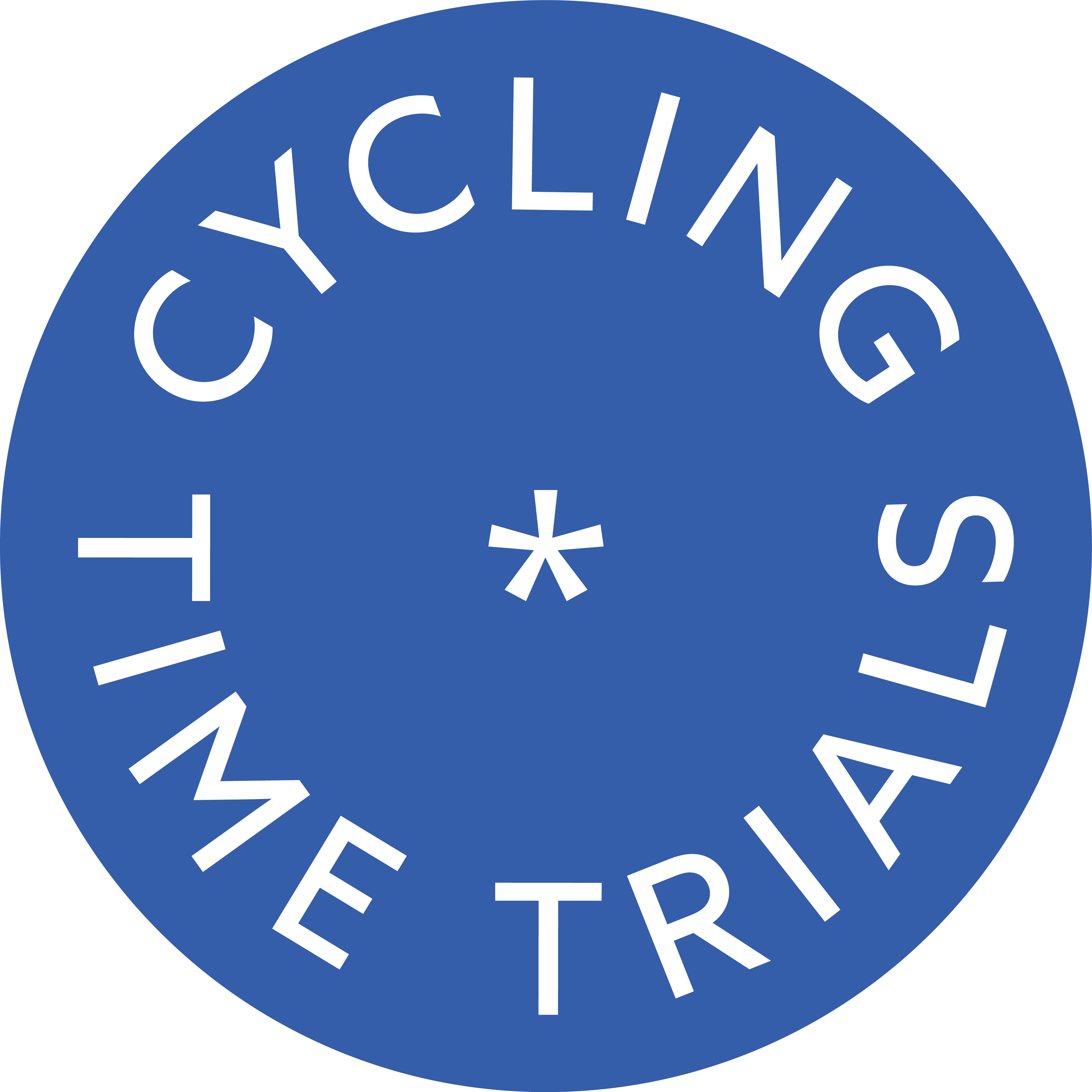The CdA estimate uses the observed weather combined with power, speed and elevation data to calculate your drag. Your estimate can be skewed by the following:
- Heavy braking or dragging of brakes. Although myWindsock attempts to remove braking events from your CdA estimate to improve the quality of your estimate avoid courses that require the use of your brakes for the best estimate.
- Poor elevation data. If your elevation data is incorrect the match between power and speed will be incorrectly calculated. Often using the Strava Correct Elevation function will improve this and add consistency to your calculations.
- Incorrect weather observations. The observed weather improves over time. For the purpose of CdA estimation you may need to wait a few days for the most accurate weather data.
- Bad power meter data. It is wise to check the drift in your power meters offset before and after testing. A large change in offset is a sign that the power data is not of sufficient quality for accurate estimate of CdA.
- Drive Train Loss. A dirty drive train, rubbing brake, bad wheel bearings are all sources of power loss from a crank based meter to the actual power output. If these variables change the CdA can be incomparable between estimates.
- Incorrect Wind Shear selected. If the wind speed is not correctly adjusted for the environment you are riding errors of wind speed will impact your CdA estimate. Long rides provide better estimates for CdA as the average is taken so fluctuations in due to changes in wind shear are negated.
Paying attention to the above will drastically improve your CdA estimate.

 UK Time Trial Events
UK Time Trial Events




